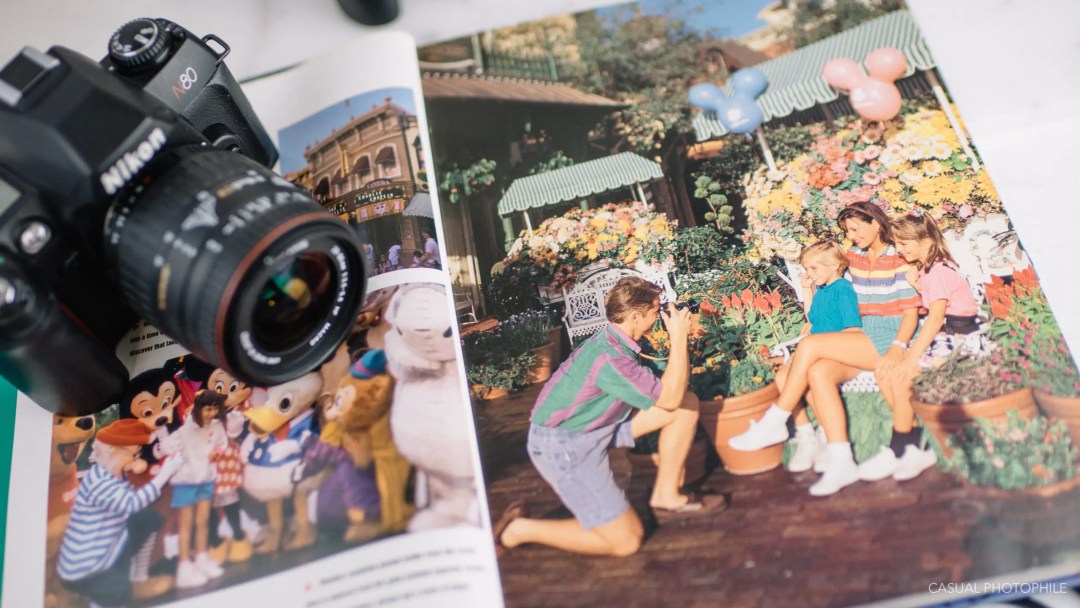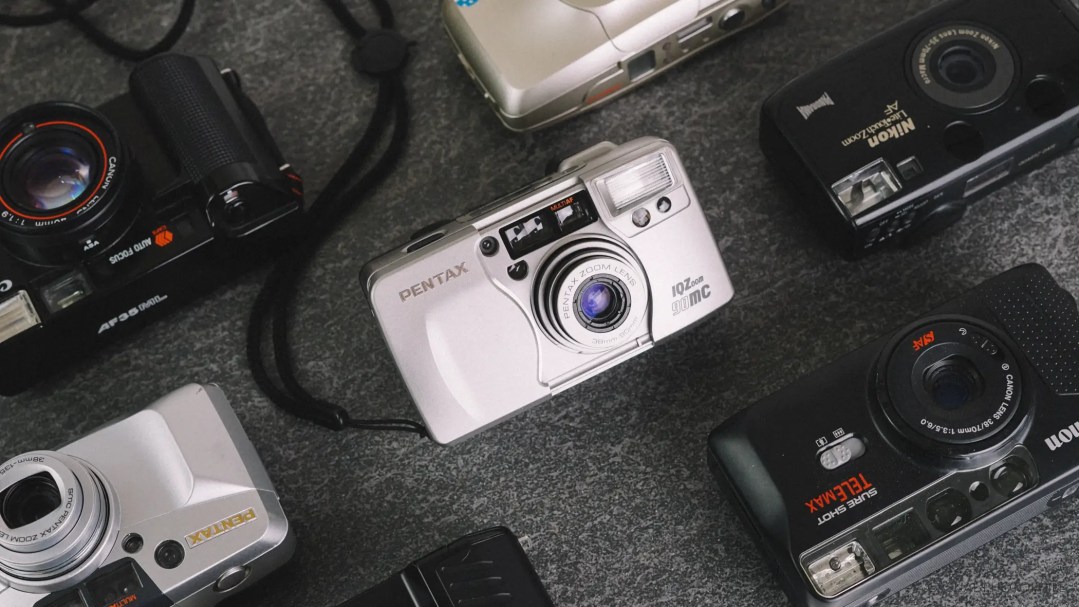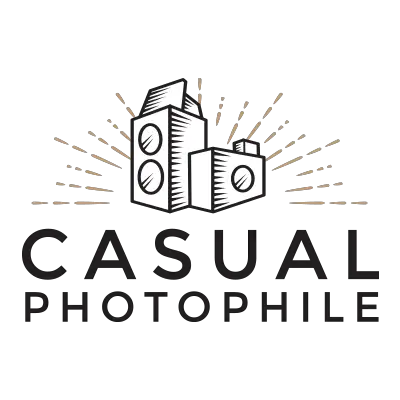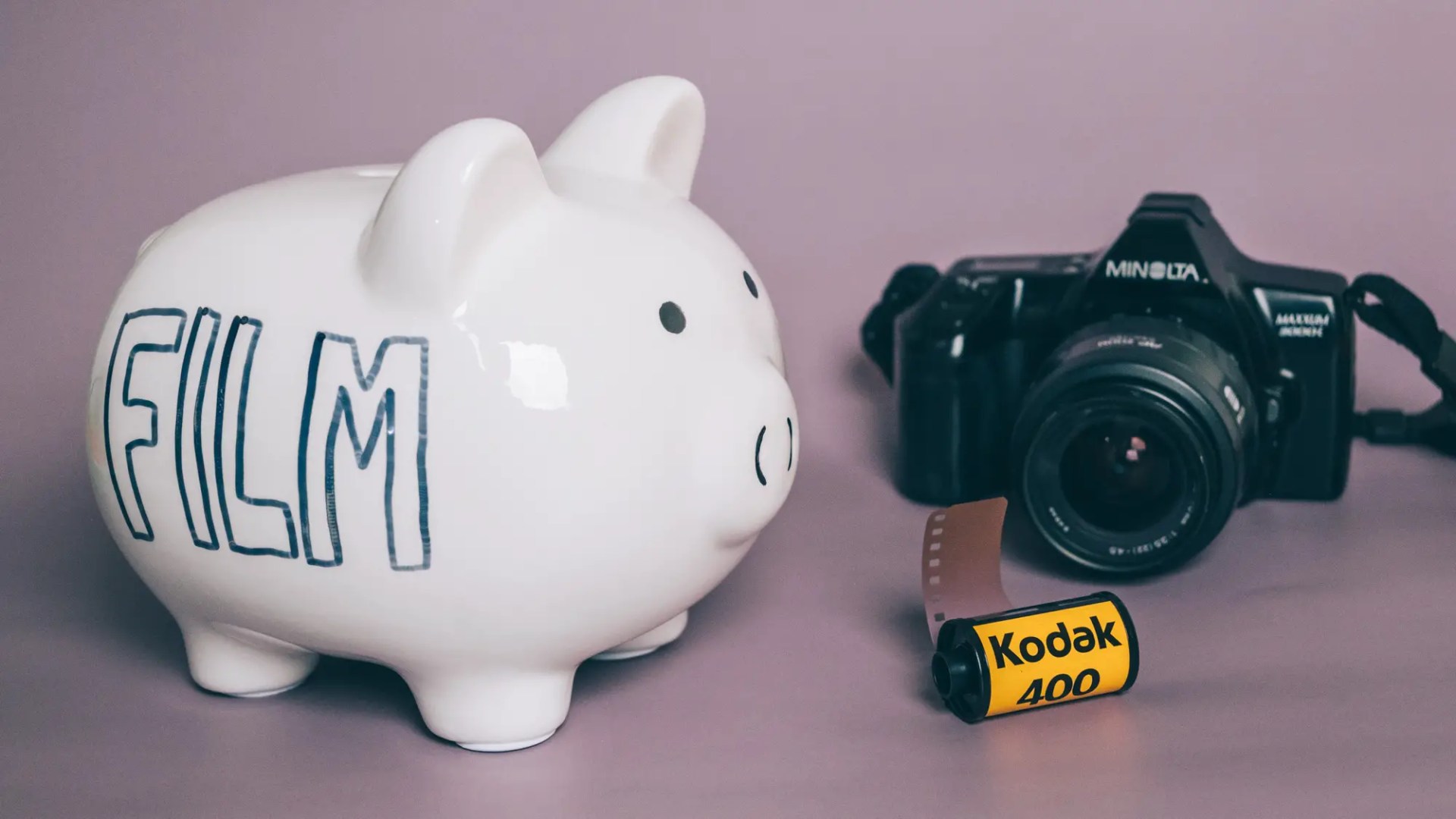I seem to write variations on the theme every year, so forgive me if you’ve heard this one before. But every few days I make the rounds on film photography Twitter and I inevitably discover that the conversation has reverted to young people lamenting how expensive it is to shoot film. Which is really strange. I guess none of the 3 million people that visited my site last year shared the article I wrote about how easy it is to shoot film cheaply.
In any case, I’m back with another article repeating my thesis that film photography doesn’t have to be expensive, nor inaccessible.
The problem, as I see it, is that people new to the hobby are following all the wrong advice.
They’re watching the popular film photography YouTube channels (because the algorithm perpetuates the popularity of these few channels instead of giving more grounded creators an outlet). New photography likers are captivated by the big Instagram accounts and TikTokkers, many of whom obsess ad nauseum over legacy prestige brands like Leica and Hasselblad. The never-ending focus on gear over happiness is not only toxic, it’s also a dead end.
But I got you. If you’re a college or high school student aspiring to some level of engagement in the hobby of film photography, and I know that there are many people out there who fit that description, take my advice. It’s simple and fairly obvious.
Buy a cheap film camera. Learn how to use it (so that you don’t waste film and money).
I wrote about this wild idea extensively more than two years ago, in an article headlined We Should All Be Shooting Dorky AF SLRs, and I stand by that article totally. We don’t need expensive cameras, or even new cameras. And this idea has re-established itself in my mind after news that Leica released a brand new M6 last week.

Okay, here’s where I digress for a moment and talk about Leica’s new M6.
To start, big ups to Leica. They created a new (old) film camera in 2022. Amazing. That’s like what Nikon did in 2005 when they made my Nikon SP 2005 Limited Edition. Except Leica’s new M6 isn’t a limited edition. It’s a standard production model. Even better! Really great.
However, I’d like to make two points about the M6 that makes the new camera something of a wet blanket.
First, is a pedantic nitpick.
Leica’s new M6 is being marketed by the brand and their network of influencers as a re-release of “the best” Leica M film camera ever made. Excuse me? “The best” you say?
Did we all just collectively forget that the original M6 from the 1980s was intentionally down-specced from the Leica M3 upon which it was based? That parts of the camera were made out of cheaper alloys and that the internal moving parts were no longer assembled in the previous Leica M style in which components were hand-shaped and fitted on a workbench to mate perfectly within each camera’s chassis? Did we forget that the very day that the original M6 debuted in 1984, it did so as a camera not only technologically inferior to Minolta’s CLE which released four years earlier, but that it would eventually be superseded by the Leica M7? Did we forget about the M7? Because the M7 exists. And it’s better than the M6.
My second point of contention is that the new Leica M6 costs $5,295. Congratulations, Leica. This camera has changed exactly nothing within the entire ecosystem of the hobby. You’ve added no new blood. Your new camera has made zero appreciable impact. In fact, the only way that the new M6 will change anyone’s life is if it falls on someone’s head.
I don’t mean to whine. It’s just that we spent two years being teased by Leica that they were going to release a new film camera and, crucially, they floated the idea that it would be affordable. I had visions of a pared back M. Or at least a camera that didn’t cost basically the same as their current M-A and MP film cameras. Oh, well. I guess I’ll just keep waiting for MiNT’s camera. That one sounds interesting and affordable – two necessary factors for bringing new people into this hobby.
But enough complaining. It’s not Leica’s job to convince people to try film. That’s, uhh, my job, I guess. So, back to that.
If you want to shoot film inexpensively and make great photos, here’s what you do.
Go to any respectable camera shop on the internet (I run one, but there are plenty of others as well), and buy a modern, fully specced, entirely goofy 35mm film SLR camera manufactured between the years 1993 and 1999. You’ll recognize the camera type that I mean instantly. They look like Toyota Tercels and they made trillions of them.
Consequently, they cost $60. And happily they do everything better than that $5,000 camera that Leica just released (and that’s the body-only price). Read the full article that I wrote about buying a cheap AF SLR for further details on which models to seek out, and the finer points.

If those dorky SLRs are too dorky for you (dork-core fashion is everything right now, what’s wrong with you?) then buy a point and shoot. Same idea. They are more advanced than a Leica, if you can believe it. They take good pictures. They cost under $100. They fit in your fanny pack, or cross-body, or whatever we’re calling them these days.
Let’s say you buy one of these cameras. You’ve spent $100. Okay. Now, chill out with the bad photos. Don’t spray and pray. Shoot one roll of film per month. You’ve got 36 chances to make a great picture, more than one photo per day, per month. The cost to buy the film and the development budget on that, even using an expensive lab, won’t be higher than $25 per month. At that rate your total annual outlay to be a film photographer will be $400 in the first year, and $300 per year after that. Surely we can swing it.
You can further minimize your cost by finding a local film lab. Shipping film across the country to the Instagram-famous film labs is expensive. But there are film labs all over the country that don’t advertise anywhere. They’re just content to print peoples’ holiday Christmas cards and run a small frame shop in the back room of the storefront. They don’t care about developing film, but they’ll do it, and they’ll do a good job because they’ve been doing it since you were in diapers. I live in a stupid little town in Massachusetts and there are three businesses within a twenty-minute-drive radius from my house who develop film for like, $8. I don’t have to ship it. The pictures look fine.
That’s all I’ve got for you today. Good luck out there.
Browse for your own film camera on eBay here
Search for a camera at F Stop Cameras here
Follow us on Twitter, Facebook, Instagram, and Youtube
[Some of the links in this article will direct users to our affiliates at B&H Photo, Amazon, and eBay. By purchasing anything using these links, Casual Photophile may receive a small commission at no additional charge to you. This helps Casual Photophile produce the content we produce. Many thanks for your support.]



Right on! on both your main points. The used fancy-camera market is insane. Buy low on the ugly duckling, mostly auto SLRs, and hurrah for the M7 with its…o no!…electronics.